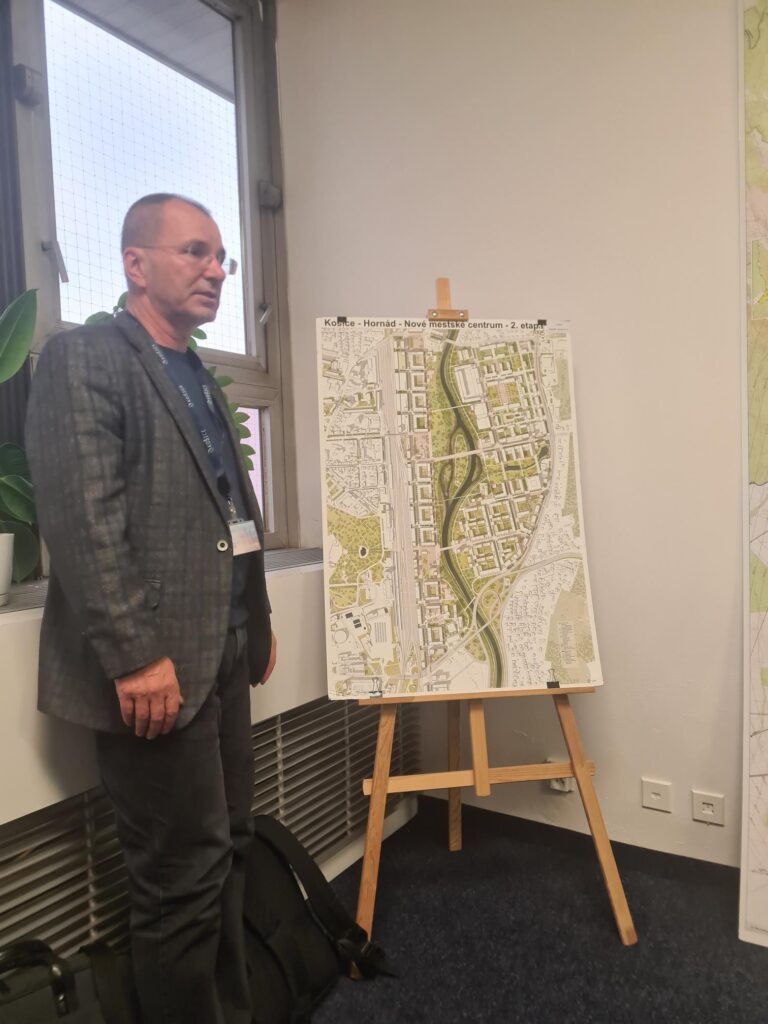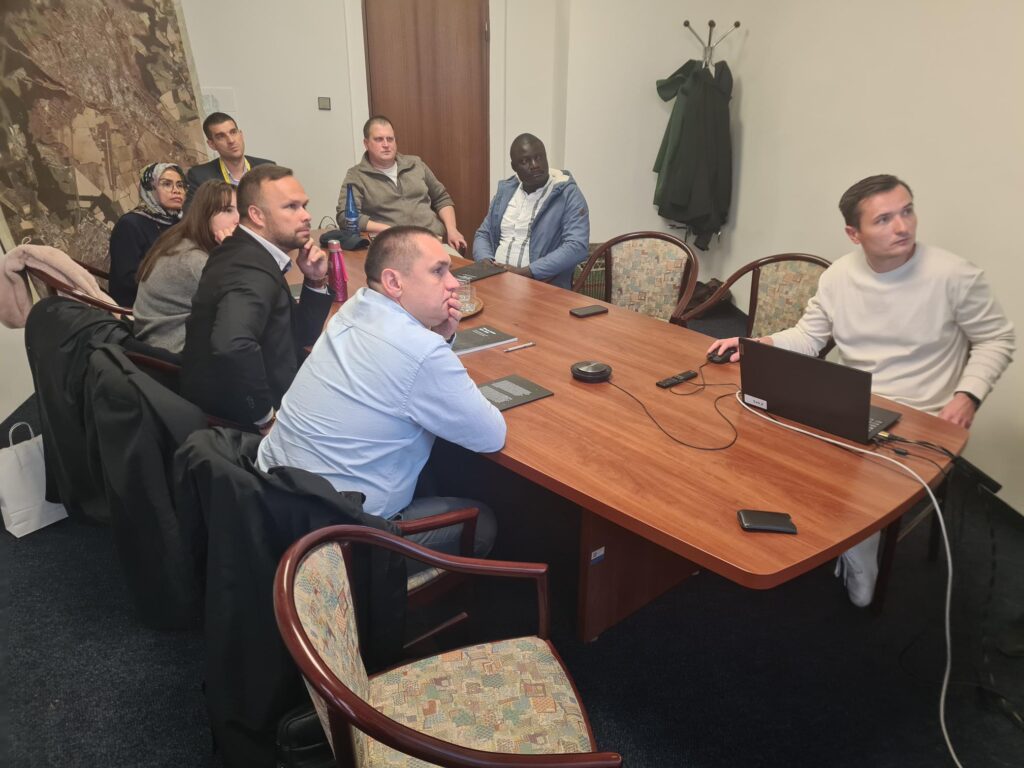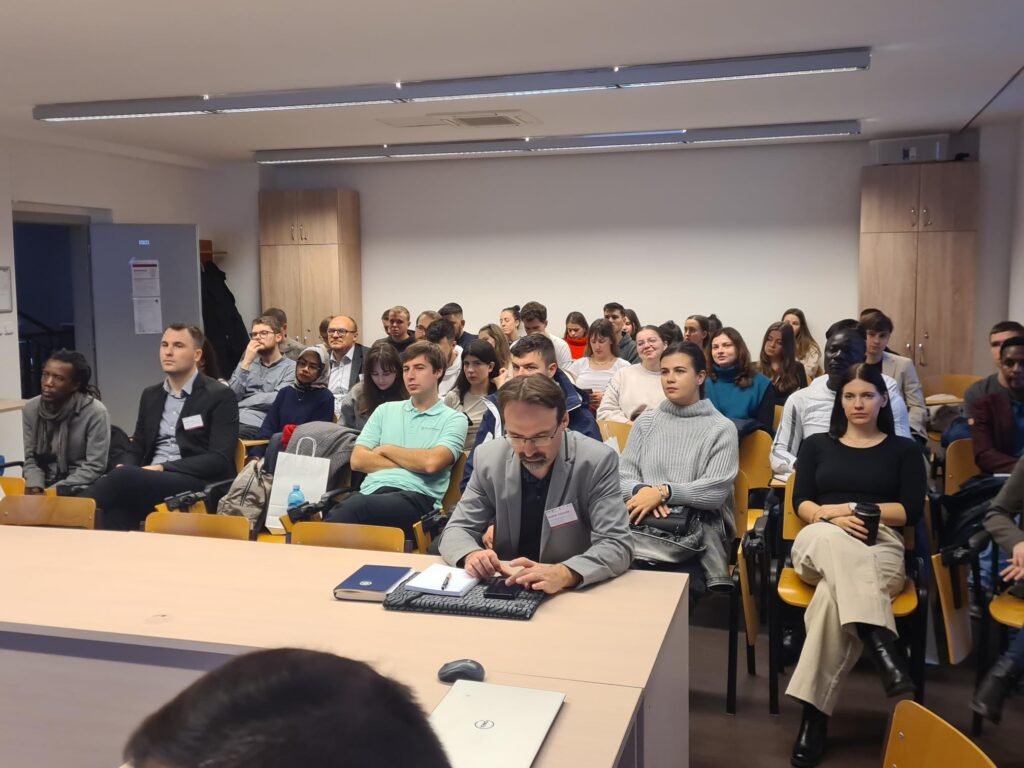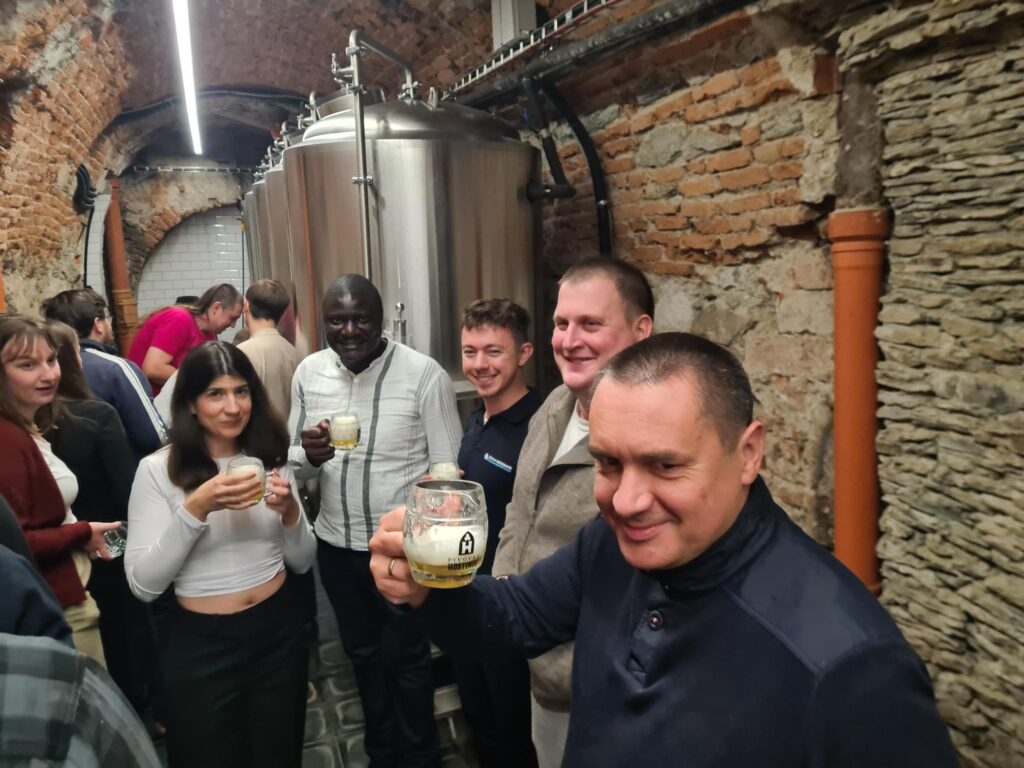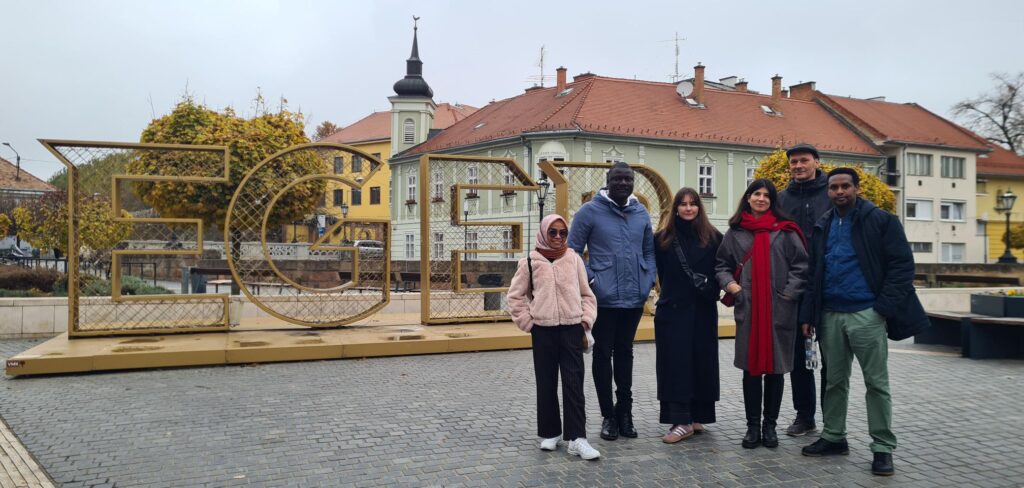SECPOLYC Project meeting and doctoral study tour held in Košice
_20251125102551.png)
Over the course of the three-day programme, the Slovak partner organisation, the Institute of Geography at Pavol Jozef Šafárik University, offered a rich programme featuring a series of engaging discussions on the polycentric development of the Visegrad countries. Five doctoral students from Corvinus University had the opportunity to take part in the programme, led by Géza Salamin, associate professor and leader of the international project.
Participants explored how balanced territorial development can strengthen regional cohesion, improve spatial governance, and support sustainable growth across Central Europe. The programme featured a stakeholder workshop held at the university, which introduced the results of research conducted within the SECPOLYC project framework and facilitated discussions with decision-makers and planners from the city and the regional municipality. Each academic project partner presented their scientific achievements on the investigation of polycentricity and the exploration of secondary city networks in the represented V4 countries. Géza Salamin (Corvinus University of Budapest, Institute for Sustainable Development) introduced the general project objectives and the territorial imbalances of Hungary, where Budapest functions as the primary centre and secondary cities have limited balancing power, resulting in a top-heavy urban network. Robert Szmytkie (University of Wrocław, Faculty of Earth Sciences and Environmental Management) presented the case of Poland, explaining its complex city networks and highlighting that, due to its size, the country differs from the other V4 states in terms of urban structure. Stanislav Kraft (University of South Bohemia in České Budějovice, Faculty of Education) explained the case of the Czech Republic, outlining the functions of secondary cities and noting that, similarly to the Hungarian case, Prague also plays a primary role. Ladislav Novotný (Pavol Jozef Šafárik University in Košice, Faculty of Science) described the unique role of Košice, which is not only the second-largest city of Slovakia but also an important centre of governance and economic activity in Eastern Slovakia.
Besides the academic partners, local and regional stakeholders were invited to broaden the discussion on urban development and polycentricity. Participants included: Peter Serfözö (Košice Self-Governing Region – Head of the Department of Spatial Planning and Strategic Investments) Martin Pukančík (Košice Self-Governing Region – Department of SP&SI – Head of Geospatial Data and Analytics Unit) Zuzana Marková (Košice Self-Governing Region – Department of SP&SI – Spatial Planning Officer) Martin Jerguš (Košice City Hall – Head of the Department of Urbanism; Deputy Chief Architect of the City of Košice) Zuzana Šuková (Košice City Hall – Department of Urbanism – Urban Planning Officer) Jozef Bogľarský (Košice City Hall – Department of Urbanism – GIS Specialist for Urban Planning) Róbert Pollák (Creative Industry Košice – Senior Data Analyst for Urban Data) Apolónia Pecka Sejková (Creative Industry Košice – Researcher, Sociologist) Slavomír Ondoš (Creative Industry Košice – Geographer and Senior Data Analyst).
Altogether, more than 50 participants attended the event. After the stakeholder workshop, a PhD consultation took place, during which participants shared their research fields and ambitions and exchanged knowledge and experience. During the event, the Head of the Urban Planning Department of the Košice Municipality introduced the city’s new urban plan to a smaller group of participants. The plan includes crucial improvements compared to the previous version, such as the creation of a GIS-based data source available to citizens in order to enhance visibility and transparency. It also identifies specific objectives and targets for urban development, such as the revitalisation of brownfield areas and the strengthening of environmental sustainability.
In addition, the event offered a platform for learning and networking. The Slovak host organised field visits in Košice, introducing the city’s unique history and transformation and sharing key historical events that shaped its development, such as the strong Hungarian influence until the end of the First World War and certain architectural similarities with Prague in specific housing estates. Participants also gained insights into the rich culture of Košice by organising local beer-tasting events and showcasing the gastronomic diversity of the city. Altogether, 36 doctoral or university students participated from the Czech Republic, Slovakia, and Hungary.
Corvinus University of Budapest was represented by Géza Salamin, Head of Program at the Doctoral School of International Relations and Political Science, who was accompanied by five PhD students: Türken Isik Gülsen, Asshagab Siri Milawati, Getaye Mulugeta, Rogers Kisiangani, and Adél Lendvai. Before arriving in Košice, the Corvinus team undertook a study visit in Hungary, featuring stops in Eger and Ózd. These two cities represent contrasting faces of the country: while Eger is a historical city rich in heritage and culture, Ózd is, unfortunately, a prime example of the decline of industrial cities and the consequences of the rapid and forced industrialisation of the socialist era.
The SECPOLYC project’s closing event will take place in Budapest from 18 to 20 March 2026, bringing together partners, stakeholders and experts and to review the achievements of SECPOLYC project, share insights and discuss future directions. The project continues to provide a valuable platform for collaboration, knowledge exchange, and the advancement of research on polycentric urban development in Central Europe.
Project website: https://www.uni-corvinus.hu/ind/secpolyc/?lang=en
